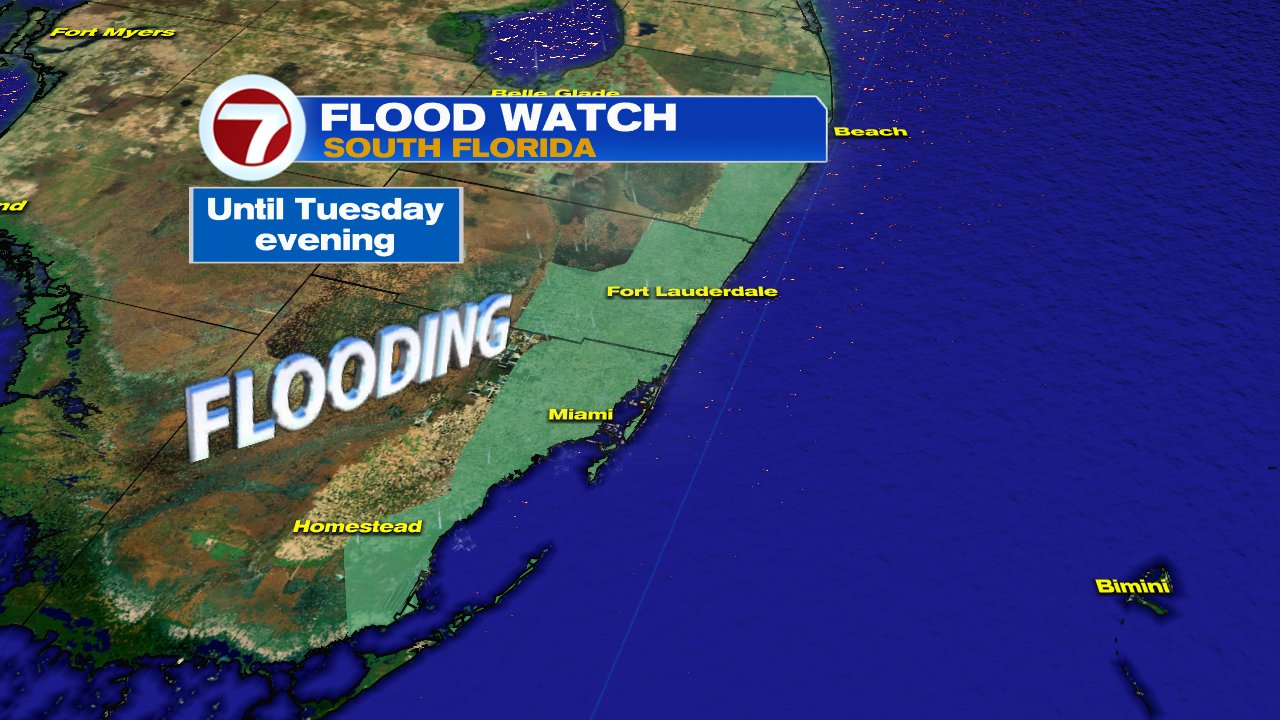Eta Weakening but remains very dangerous
Eta is moving over Northeastern Nicaragua, still looking good on satellite imagery, but its rains have decreased in intensity. It will continue to lose organization over the next two days as it travels over land.
The experts at the National Hurricane Center (NHC), say Eta should become a regular area of low pressure in 48 hrs with the surface spin almost gone. The upper spin however, should remain intact.
What it means: Imagine a full roll of paper towels. The tube in the middle is the center or the eye, and the paper towels represent the rain bands. The paper towels are being used and getting tossed but not all, and the bottom part of the tube has been cut off by the ground, but the top part of the roll remains. This upper part is forecast to regenerate the bottom once over the warm waters of the Caribbean Sea.
While Eta's downpours have decreased, it's still dropping plenty of rain across Northern Nicaragua, Honduras, Guatemala, and Belize. The threat of flooding, land & mudslides are present even for Yucatan Peninsula, and El Salvador, as well as, Haiti, Cuba, & Cayman Islands.
What Next?
If Eta can survive its interaction with land, this is what may play out. Three features are set to determine Eta's path:
- An upper low developing over the Northern Gulf of Mexico
- Jet stream over the U.S.
- High pressure in the Western Atlantic Atlantic.
An Upper Low, is an area of low pressure spinning counter clockwise. It will start to nudge Eta towards the northeast and into the Caribbean over the next few days. The jet stream is a river of very strong gusty winds moving west to east. It will eventually add an even stronger push to Eta, sending it in our general direction. High pressure is just east of the Bahamas and will act as a road block to Eta, keeping it in our vicinity.
This scenario spells more rain for the Caribbean Islands and then possibly South Florida / NW Bahamas.
At the moment, forecast models do not show it any stronger than a storm if it gets to South Florida. But as you know, intensity forecasting is extremely difficult. You have seen how quickly storms have grown as they near land this year, so keep that in mind.
What is possible
As the above three features start to come into play, plenty of tropical moisture will get drawn into South Florida on Thursday and Friday. This will lead to the possibility of heavy rain leading to flooding. The area could see downpours through the weekend. After that, it all depends on Eta's path. If it swings towards the Northern Bahamas, we may see less rain, if it moves over South Florida or even the Eastern Gulf of Mexico, we will see even more downpours.
This system in the month of November is a reminder that hurricane season is not over. As a matter of fact, hurricane season is a man-made timeline. Systems can brew at anytime of year as long as water temps are 80 degrees or above, this is their fuel. Typically sea surface temps are at their warmest from June through the end of November and thus, we call this hurricane season.
When and if watches and warnings are issued for South Florida, you should act accordingly.
We'll be watching









